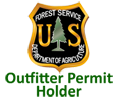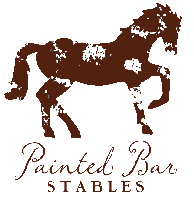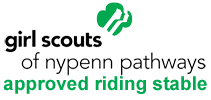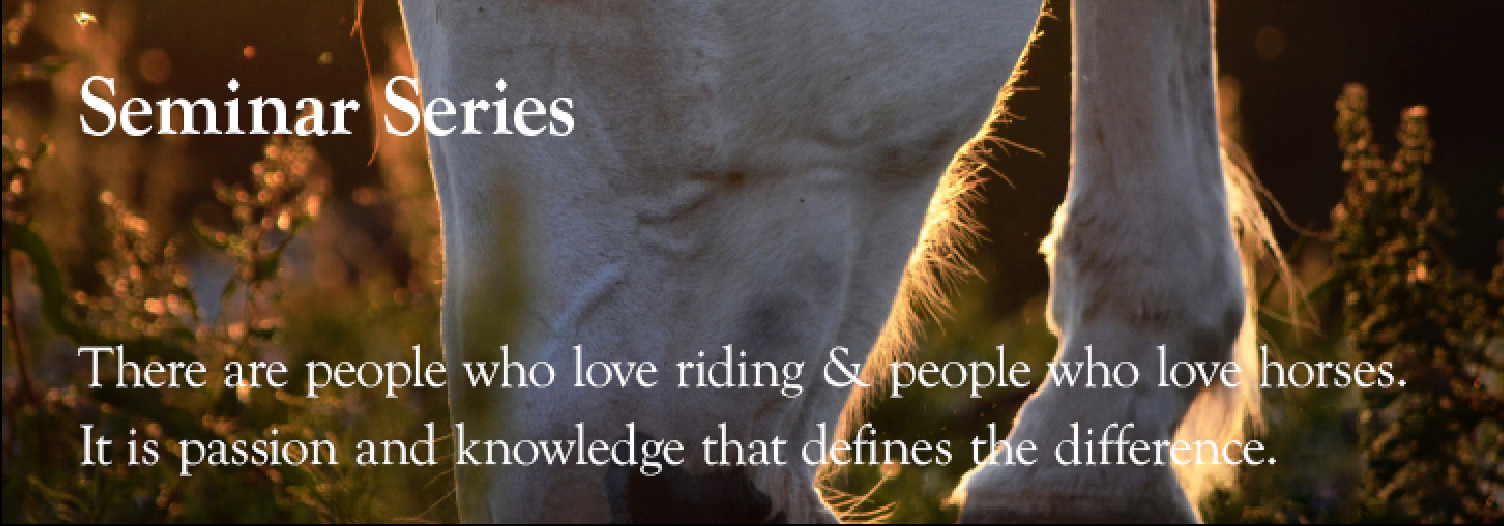Equine AnatomyInstructor: Jennifer VanDusen Fridays in January 2025 at 6:00pm Seminar Information & Registration Here Understanding how a horse is built is the foundation of understanding how they move. Before you can better understand biomechanics of riding, you first must understand the anatomy of your mount. Each class will include handouts and hands-on activities followed by lecture and discusion. 01.10.2025 Identifying terminology, body part locations, and breed specific comformation qualities versus overarching good conformation that spans across breeds. 01.17.2025 Locating organs within the body and understanding their functions. 01.24.2025 Idenfying bones, muscle groups and soft tissues and understanding their role in movement functions. Understanding how biomechanics play a role in facial expressions and body language. 01.31.2025 Understanding the epithelial layers and their functions and natural defense mechanisms as well as the role that grooming and care plays in the health of the horse. ***Future Seminars on Cardiovascular, Respiratory, Endocrine, Lymphatic, Digestive and Neurological Systems |
Farrier CoursesInstructor: Jennifer VanDusen & Jake Mayette Fridays in February and March 2025 at 6:00pm Farrier Course Information & Registration Here 101. Farrier 101 for Owners and RidersThe perfect class for owners and riders of all levels to better understand their horses feet and how farriers can affect the wellbeing of their horses longterm.Target Audience: Owners and Riders of any Level age 13+ Horsemanship Skills Learned: Properly Picking Feet, Pulling Shoes, Rasping Flares, Basic Lower Limb Anatomy, Biomechanics, Common Hoof Problems, Dissection Farrier Concept Topics: Equine Anatomy, Farrier Ergonomics, Hoof Dissection Analysis, Hoof Hydration, Abscesses and Lamenesses.
201. Entry Level FarrieryThe perfect class for those ready to start trimming feet and become farriers as well as owners and riders who want to better be able to support their horses between farrier visits.Pre-Requisite: enrollment in Painted Bar Stables Farrier 101 within the last two years. Target Audience: People with a foundation of hoof knowledge and experience with farrier concepts ready to learn how to work with farriery skills Tool Skills Learned: Hoof Testers, Rasp, Hoof Knife, Nippers, Crease Nail Pullers Farrier Concepts Topics: Hoof Trim Concepts, Farrier Tool Names and Function
∞. Forging your Future: Farrier ApprenticeshipTarget Audience: Experienced Horse People looking to become a farrier or shoe their own horsesWork alongside Jen in a 1:1 setting to gain experience and knowledge of shoeing horses. Over time develop the skills to be able to trim, forge, cold shoe and hot shoe under Jen's watchful eye. The perfect prerequisite for enrolling in the Cornell Farrier School. Apprenticeships are no charge, but require a specific commitment to longterm investment in skills. |
Blacksmithing and ForgingInstructor: Jennifer VanDusen & Jake Mayette Sundays in February and March 2025 at 3:30pm - 6:30pm The blacksmithing class is a fun introduction to forging and shaping steel for people of all levels. The entire class will be focused on helping participants design and build their own project throughout the 4 weeks of class.
Target Audience: People with an interest in shaping and building things out of steel through forging age +16. No experience necessary. Tool Skills Learned: Twists and shaping, Drawing, Punching Holes Maximum Class Size: 6 Participants + Auditors
|
Baby Horses & Foaling:What to Expect when You're ExpectingInstructor: Alyssa Anway Date TBD Seminar Information & Registration Here Learn more about what to expect when you’re expecting with two seminars talking about pre-natal and birthing processes, and another on what to do after the foal is born. Mare Watch and Birth Foaling Care and Techniques
|
PAST SEMINARS |
|
Equine Color GeneticsInstructor: Erika Eckstrom Friday, February 28th, 2020 Available via Online Webinar As Well Currently not scheduled as in-person seminar Why should the average horse enthusiast know about color genetics? |
|
 |
 |
 |
4093 Lake Avenue (Rte. 79) Burdett, NY 14818 • 607.216.8141 • [email protected]
